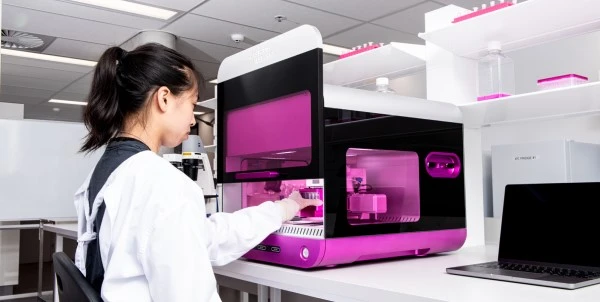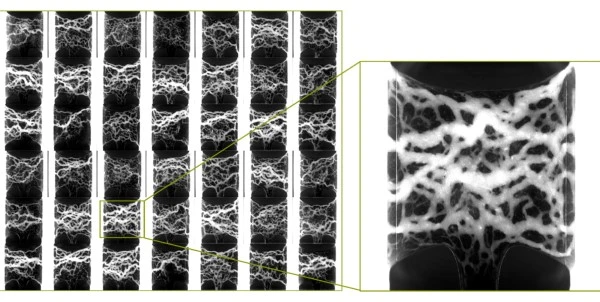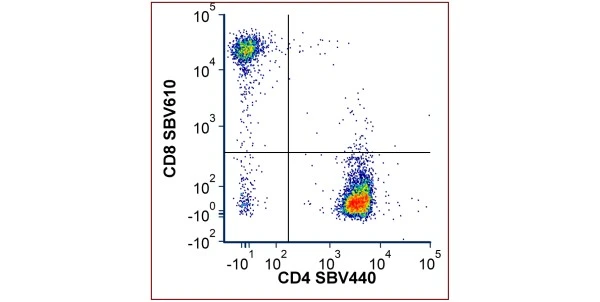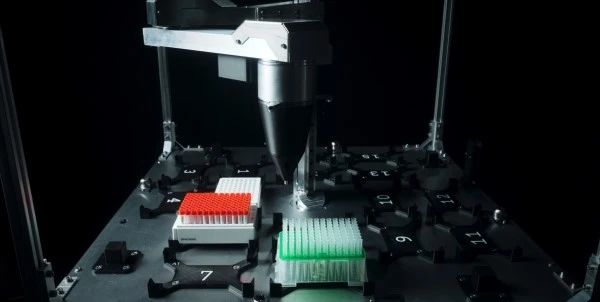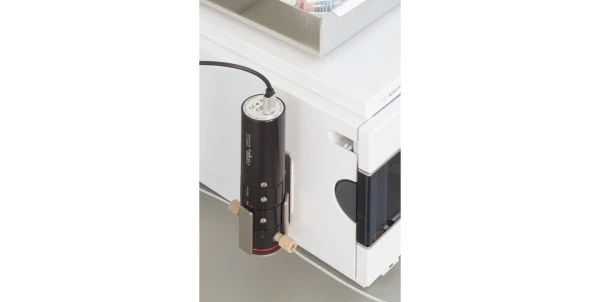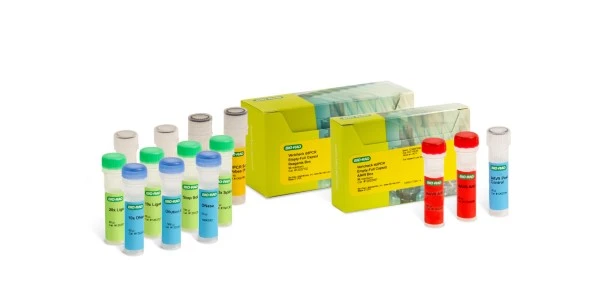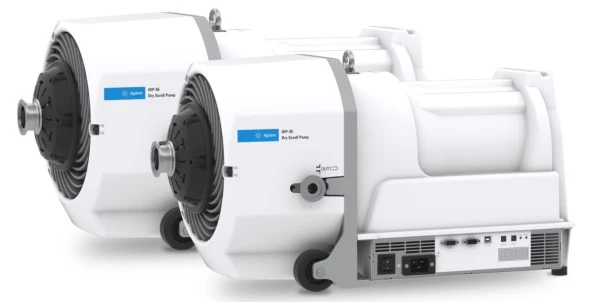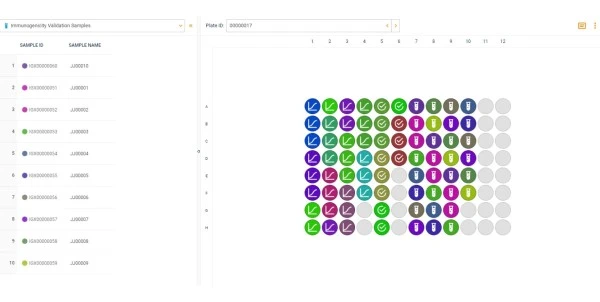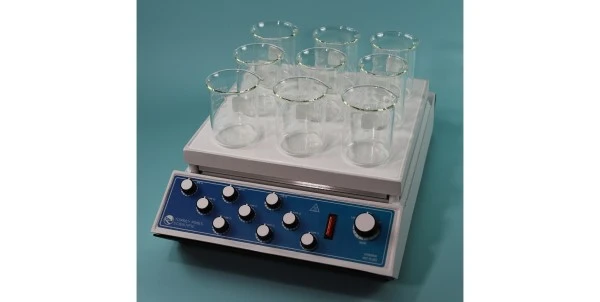
Liquid Chromatography and LC-MS Products to Start the New Year
Analytical technology development will continue to forge ahead and confront challenges as they emerge
With this spirit in mind, 2021 looks to be a year of significant growth and innovation in the HPLC and LC-MS fields. Steadily expanding areas of biotechnology and nanotechnology — as well as novel medical applications in therapeutics and vaccines — will serve to sustain this growth. Here are a few early developments in the new year.
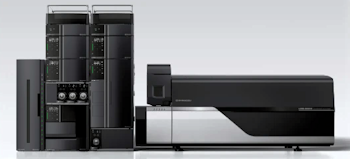
The Nexera QX LC-MS from Shimadzu
In December 2020 Shimadzu posted news on the launch of its new ultra-fast multiplex platform, the Nexera QX LC-MS (right). The system is unique in that it integrates multiple, alternating sample introduction streams to support continuous operation of mass spectrometer analysis.
A common bottle neck in LC-MS is the time needed to wash and equilibrate the HPLC column during subsequent injections. As a result, time between samples can be extensive, even though the MS can run continuously, thereby limiting the throughput and capacity of LC-MS.
The Nexera QX uses Nexera SIL-40 autosamplers, stream-dedicated injection valves, and synchronized washing pumps in producing the multiplexed performance. On-board intelligent controls dedicated to the Nexera UHPLC pumps automates flow-line rinsing of each stream to mitigate sample carryover.
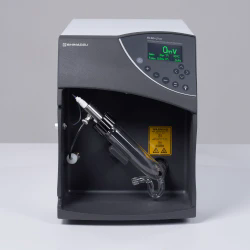
Newly developed QX solution software provides a single point of control for the multiplexed LC and MS interfaces. The platform is coupled at the back-end with the new LCMS-8060NX triple quadrupole mass spectrometer, introduced at the 2020 virtual ASMS meeting and reviewed in a previous post.
In late 2020, Shimadzu also released the ELSD-LT III evaporative light scattering detector (right). This next-generation HPLC detector uses a high-power semiconductor laser as the light source, which enables a significant jump (10x) in sensitivity over traditional light-scattering detectors. The ELSD-LT II also achieves a dynamic range of 5 orders of magnitude, allowing high-concentration, trace, and intermediate concentrations to be measured under the same conditions. This prevents the need for gain switching, sample dilution, and method scouting — a time and resource consuming processes.
The Otto SPEcialist positive pressure manifold from Waters
In Jan 2021, Waters announced the Otto SPEcialist positive pressure manifold for improved semi-automated Solid-Phase Extraction (SPE) applications (right). The SPE method is widely used in depletion of abundant background proteins and sample cleanup prior to LC-MS analysis.
An issue that can plague the SPE technique — and many other sample preparation methods of this kind — is the need for laborious methods involving liquid transfer, vacuum, resuspension, and elution. The main drawbacks from this inefficiency include sub-optimal reliability and reproducibility of results.
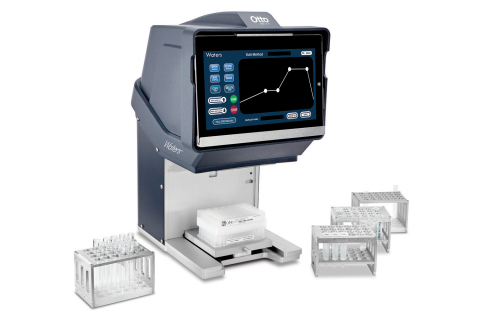
The Otto SPEcialist positive pressure manifold takes the opposite approach from most SPE systems to address these limitations. By utilizing positive pressure applied to the top of the SPE device, rather than vacuum from the bottom, the system offers tighter control, better pressure regulation, and overall improved reliability. The system also provides a wide pressure range and can accommodate a number of SPE device types, sizes, and sorbent masses.
The Otto SPEcialist includes easy-to-use control software, which allows users to create profiles and methods. Method parameters and results can be tracked and documented for sharing across multiple users and devices. The system is 21 CFR Part 11 compliant as well.
The MNESI platform from Newomics
In late 2020, Newomics announced the launch of the new MNESI platform and a co-marketing plan with Thermo Scientific. The platform termed Microflow-nanospray Electrospray Ionization (MnESI) is meant to drive innovation in clinical diagnostics and drug discovery research through enabling multiomics analysis of small-scale biological samples.
The technology is based off the Newonics N3 emitter, the first commercially available multinozzle emitter device for mass spectrometry. The novel microflow emitter is essentially electrospray on a chip, produced using semiconductor microfabrication techniques. By splitting the flow and through the use of the multinozzle design, sample ionization efficiency is improved, facilitating high-throughput LC-nanospray MS applications.
Products include N3 emitter MnESI sources fitted for Thermo MS instruments, including the IS-T01 for Orbitrap Tribrid and Exploris devices, the IS-T02 for Legacy devices, as well as the Newomics Starter Kit for Thermo mass spectrometers.
BioZen LC columns for biologics analysis from Phenomenex
These columns include new titanium hardware, and are available in three particle platforms and 8 particle chemistries for optimal versatility, sensitivity, and selectivity. The titanium-infused hardware offers better durability and less potential for contamination across runs. It also supports a biocompatible flow path that prevents interference with protein or peptide integrity.
The three particle platforms include, thermally modified fully porous, traditional core-shell, as well as monosized polymeric non-porous technologies. The range of particle chemistries enables work with intact, size exclusion, peptide, glycan, ion-exchange, among other separations methods. Two applications served by these columns, intact antibody screening and drug-antibody conjugate analysis, are particularly challenging and relevant to current antiviral therapeutic efforts.
Outlook
2021 may well be a year of substantial growth for the LC and LC-MS industries. As we transition beyond the challenges of COVID-19 and progess through the new year, we’ll continue to embrace and report on these innovations.
View HPLC Systems, Autosamplers, Pumps, Detectors, Columns, and Accessories listings on LabX.com
View UHPLC listings
View Mass Spectrometer listings
Visit the Chromatography and Separations application page
Updated December 3, 2021
